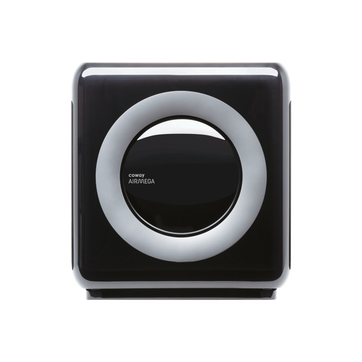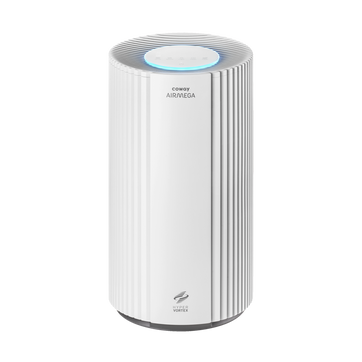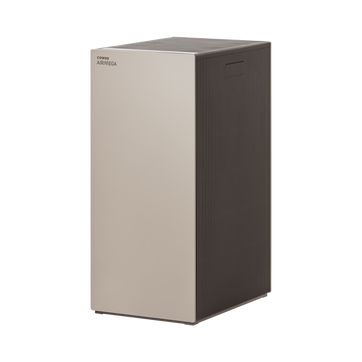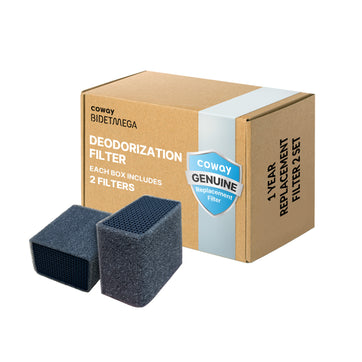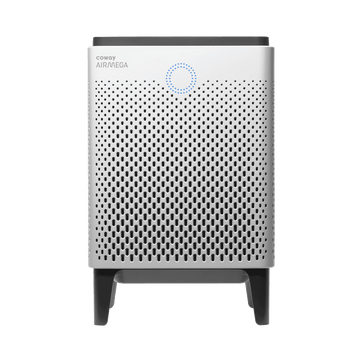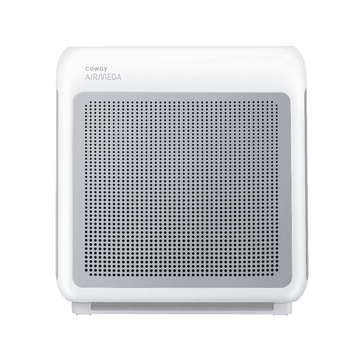
7 Steps to Make Your Bedroom an Allergy-free Zone
Indoor allergies are a big problem. But the worst offender in your home may be the bedroom. That’s because it’s a magnet for allergy and asthma triggers such as dust mites, mold and pollen—and the place you stay put for eight or so hours every night.
Not to fret, though. There are seven steps you can take to make your bedroom allergy-proof.
1. Start with your bed
Ground zero for allergens in the bedroom is your bed. That’s because you not only spend a lot of time there, but it’s also a place where dust mites can thrive.
Your best move: Cover your mattresses, box springs and pillows with hypoallergenic casings. Pillows are especially important—your face, after all, is resting on them for hours at a time—so use washable ones filled with cotton or cotton-alternatives. In fact, all your bedding should be washed weekly in water that’s at least 130 F. (And use a hot dryer).
Additionally, consider replacing your bedding more frequently. Even with regular washing, pillows and mattresses can accumulate allergens over time. Experts recommend replacing pillows every 1-2 years and mattresses every 7-10 years, depending on their quality and your specific needs.
Remove decorative elements like fancy quilts, throw pillows, and stuffed animals that can harbor mites. Don't forget to address items stored under the bed, as these can collect dust and provide a breeding ground for allergens.
2. Focus on the floor
It’s best to ban carpeting from the bedroom, since it’s a likely place for dust mite particles to reside. Instead, replace it with hardwood floors or linoleum. If you can’t do without a carpet, use washable area rugs or carpeting with a low-nap, and vacuum regularly.
When vacuuming, use a machine with a HEPA filter to ensure that allergens are effectively trapped and not simply redistributed into the air. Aim to vacuum at least twice a week, and consider wearing a mask while doing so if you're particularly sensitive to allergens.
3. Just say no to pets
No matter how much you love your furry friends, their dander and saliva can carry allergens. And even if you’re not allergic to dander, their fur can be an allergy-bearing vehicle, too. For that reason, keep pets out of the bedroom and, most important, off the bed. If you want your little ones to have a comfortable place to curl up, get them their own cozy berth and put it in another room.
If completely banning pets from the bedroom isn't feasible, consider creating a designated pet-free zone within the room. This could be achieved by using a pet gate or training your pet to stay in a specific area. Additionally, regularly grooming your pets and using pet-specific air purifiers in other areas of your home can help reduce the overall allergen load.
4. Go easy on window treatments
If your taste runs to heavy drapes and blinds, it’s wise not to indulge such choices in your bedroom, since they can attract dust. A better option is washable curtains. And be sure to wipe off window frames and glass regularly to ward off mold.
Consider using roll-up shades or vertical blinds, which are easier to clean and less likely to accumulate dust compared to horizontal blinds. If you do opt for curtains, choose those made from tightly woven fabrics that are less likely to trap allergens. Wash your curtains at least every three months, or more frequently if you live in an area with high pollen counts.
5. Declutter
The more things you have lying around the bedroom, the greater the opportunities for allergens to hide. That means reducing the number of knickknacks throughout your room. All those treasured decorative items and books? Just put them somewhere else.
Implement a minimalist approach to your bedroom decor. Use closed storage solutions like dressers with drawers or closets with doors to keep items dust-free. For items you need to keep visible, consider using clear, sealable plastic containers. Regularly dust and wipe down surfaces with a damp cloth to prevent allergen buildup.
6. Keep it cold—and clean the air
Dust mites don’t breed in temperatures below 77 degrees Fahrenheit, so consider turning the heat down or the AC up.
In addition to temperature control, maintain optimal humidity levels in your bedroom. Dust mites and mold thrive in humid environments. Use a dehumidifier to keep humidity levels between 30-50%. This not only discourages allergen growth but also creates a more comfortable sleeping environment.
7. Clean the air
An air purifier with a HEPA filter can also help keep the air clean—and keep your bedroom a restful place to lay your head down at night.
When choosing an air purifier, look for one that's appropriately sized for your bedroom and has a Clean Air Delivery Rate (CADR) suitable for your needs. Consider models with additional features like activated carbon filters to remove odors and volatile organic compounds (VOCs). Place the purifier near your bed for maximum effectiveness during sleep.
By implementing these seven strategies, you can significantly reduce allergens in your bedroom and create a healthier sleeping environment. Remember that consistency is key—maintain these practices regularly to keep allergens at bay and enjoy better sleep and improved overall health.
Disclaimers
1Coway air purifiers have been proven to trap dust, pollen, dander, viruses and bacteria in the air based on KCL (Korea Conformity Laboratories) testing.They have been tested in a 30㎥ size chamber according to the Korea Air Cleaning Association standard (SPS-KACA 002-132:2022 Modified) to measure the 0.01㎛ size of particle removal rate. It was tested on maximum airflow speed in normal room temperature and humidity conditions. The performance may vary in the actual living environment of customers.
→ Tested with Airmega Aim, 50, 100, 150, 160, Tower AP-1216L, Mighty AP-1512HH, MightyS AP-1512HHS, 200M, Icon, IconS, 230, 240, 250, 250 Art, 250S, 300, 300S, 350, 400, 400S, 450, ProX
299.97% of viruses, bacteria, fungi and pollen were verified to be removed from the air for Coway air purifiers which have Green True HEPA™ filter applied based on the Japan Food Research Laboratories(JFRL) testing according to JEM 1467 standard.
→ Tested with Coway Airmega Mighty AP-1512HH, MightyS AP-1512HHS, 250, 250 Art, 250S, 300, 300S, 400, 400S
→ All tested by JFRL and received above result within below time.
4The concentration of ammonia, acetaldehyde and acetic acid were proven to be removed within 30 minutes by FCG Research Institute, Inc. Human Life Science Lab. It is not a demonstration result in the actual use space. Not all odors and gases may be supported. → Tested with Coway Airmega 150, 160, Mighty AP-1512HH, MightyS AP-1512HHS, 400, 400S
5The coverage area of the air purifier is based on an area where the air cleaner can make two air changes per hour (ACPH). An air change per hour translates to how many times an air purifier can clean an area, assuming the height of a ceiling to be 8 ft, in one hour. Therefore ** means two air changes per hour means that the cleaner can clean the area once every 30 minutes and * means air changes per hour means that the air purifier can clean the area once every 60 minutes.
10Terms and conditions apply. Discounts, including promotions, coupons, bundle discount and subscription discount, cannot be stacked on top of other coupons. During promotional periods, discount codes will not be able to be applied to orders. Promo codes may apply to products only—filters, accessories, and new products within 3 months of the release date are not included.
11Based on Coway R&D internal laboratory testing, activated carbon filtration was shown to remove up to 95% of ammonia odors within 40 minutes, and up to 99% of fecal odors within 20 minutes. Actual performance may vary depending on usage conditions.

